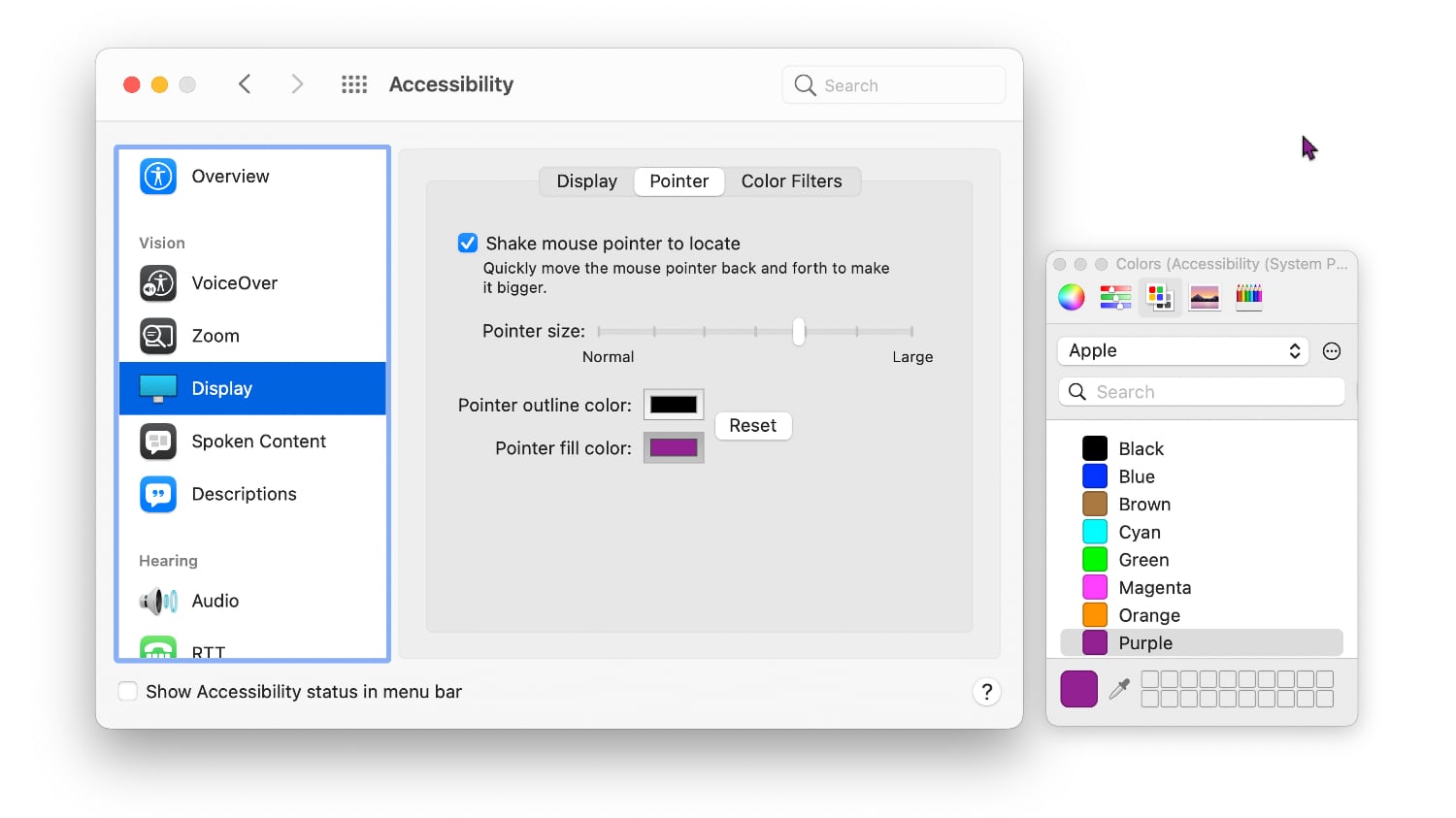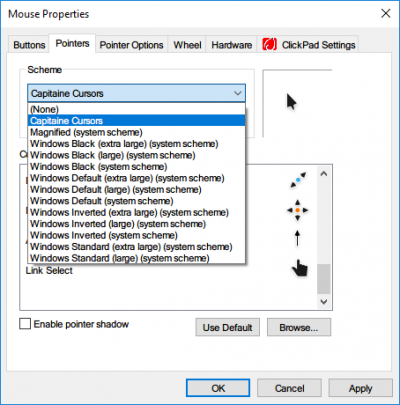

this only works in tty (eg $TERM = "linux"), not pts (eg $TERM = "xterm") # alter the default colors to make them a bit prettier I define the following cursor formatting settings in my. GitHub Gist: How to change cursor shape, color, and blinkrate of Linux Console So how can I make those changes permanent? How can I populate them to other consoles? I've settled on using echo -e "\e[?16 0 200c" for now, but I've got a problem: when running applications like vim or irssi, or attaching a screen session, the cursor reverts back to being a blinking gray underscore.Īnd of course, it only works on this one tty all other text consoles are unaffected. I learned from this website, how to do the changes I need. I'd like to know how to do that in Fedora as well, though. I'm using Linux Mint at the moment, which is a Debian derivate.
I don't mean terminal emulator windows, I mean the Linux text console, you reach with Ctrl+ Alt+ F-key

I just never had a chance to ask those people how to do that. Make sure to update the macOS to the latest firmware and then follow the quick steps to change your mouse color on MacBook Air, MacBook Pro, and Mac.I know I can change some fundamental settings of the Linux console, things like fonts, for instance, with dpkg-reconfigure console-setup.īut I'd like to change things like blinkrate, color, and shape (I want my cursor to be a block, at all times). If you have started using MacOS Monterey on your Mac and noticed any interesting features, please don’t hesitate to share with us through the comment box.įurthermore, Mac lets you choose the pointer outline color, as well as a pointer, fill color, so it’s your best chance to make up the color contrast of your choice. The final version of the MacOS Monterey will land in the middle of September. The MacOS Monterey is still in beta form, so that you may encounter many bugs. Once you follow the above steps, you will have the best chance to fully make up the color and shape of the pointer on Mac.

Select Display from the left side of the tab.From the Mac home screen, click on the Apple menu.


 0 kommentar(er)
0 kommentar(er)
